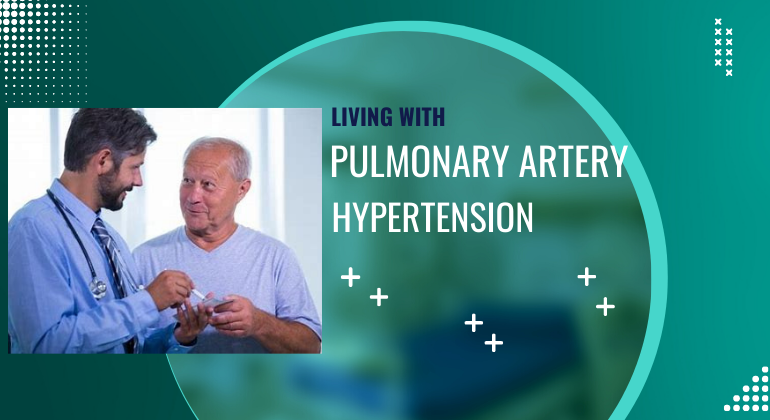Effect Of Cold on Heart
Brief and prolonged exposure to cold both affect the cardiovascular system, and exercise in cold weather further increases stress on the heart and arteries. Various studies have shown that heart disease and mortality increase during the winter months.
Effects of cold on healthy people
Blood pressure. The drop in skin temperature upon exposure to cold stimulates the sympathetic nervous system and induces a vasoconstriction reflex (decrease in the diameter of the blood vessels). This peripheral vasoconstriction increases systolic (5–30 mmHg) and diastolic (5–15 mmHg) blood pressure and prevents heat loss from the surface of the body.
Heart rate: Cold air usually causes a slight increase in heart rate in the range of 5 to 10 beats per minute.
Risk of Arrhythmias
Could cold promote sudden death in people at risk for or with heart disease? Since arrhythmias cannot be detected post-mortem, it is very difficult to prove such a hypothesis. If it turns out that exposure to cold air can promote arrhythmias, people with coronary artery disease may be vulnerable to the cold since the arrhythmia would amplify the oxygenated blood deficit that reaches the heart muscle.
Effects of cold combined with exercise
Both cold and exercise individually increase the heart’s demand for oxygen, and the combination of the two stresses has an additive effect on this demand. Exercising in the cold therefore results in an increase in systolic and diastolic blood pressure as well as in the “double product” (heart rate x blood pressure), a marker of cardiac work. The increased demand for oxygen by the heart muscle caused by cold weather and exercise increases blood flow to the coronary arteries that supply the heart. The rate of coronary blood flow increases in response to cold and exercise combined compared to exercise alone, but this increase is mitigated, especially in older people. Therefore, it appears that cold causes a relative lag between the oxygen demand from the myocardium and the oxygenated blood supply during exercise.
Hypertension
The prevalence of hypertension is higher in cold regions or during winter. Cold winters increase the severity of hypertension and the risk of cardiovascular events such as myocardial infarction and stroke in people with hypertension.
Heart failure
The heart of patients with heart failure is not able to pump enough blood to maintain the blood flow necessary to meet the body’s needs. Only a few studies have looked at the effects of cold on heart failure. Patients with heart failure do not have much leeway when the heart’s workload increases in cold weather or when they need to exert sustained physical effort. Cold combined with exercise further decreases the performance of people with heart failure.
Cold, exercise, and coronary heart disease
It is rather unlikely that the cold alone could cause an increase in the work of the heart muscle large enough to cause a heart attack. Cold stress increases the work of the heart muscle and therefore the blood supply to the heart in healthy people, but in coronary patients, there is usually a reduction in blood flow to the coronary arteries. The combination of cold and exercise puts coronary patients at risk of cardiac ischemia (lack of oxygen to the heart) much earlier in their workout than in warm or temperate weather. For this reason, people with coronary artery disease should limit exposure to cold and wear clothes that keep them warm and cover their face (significant heat loss in this part of the body) when working out outdoors in cold weather. In addition, the exercise tolerance of people with coronary heart disease will be reduced in cold weather. It is strongly recommended that coronary heart



